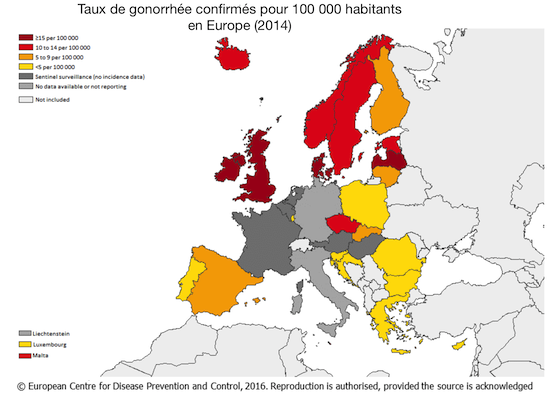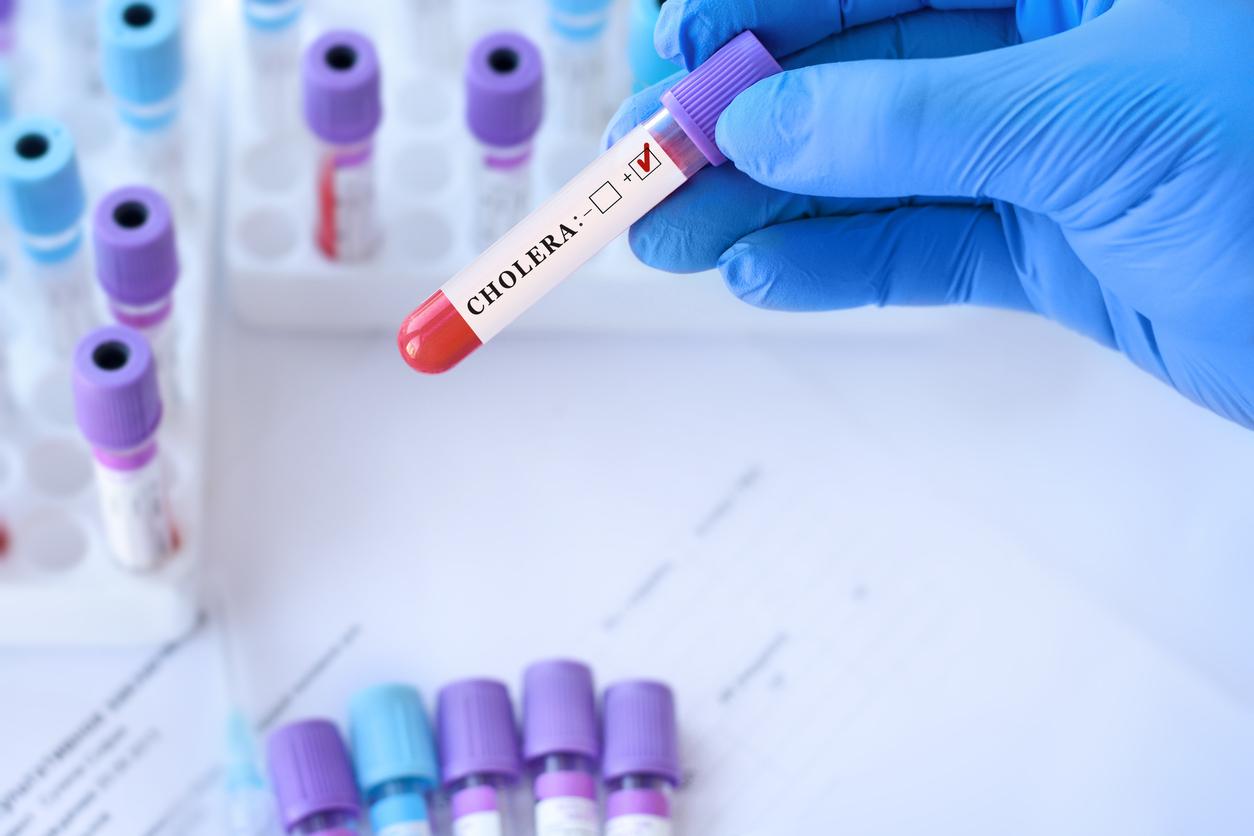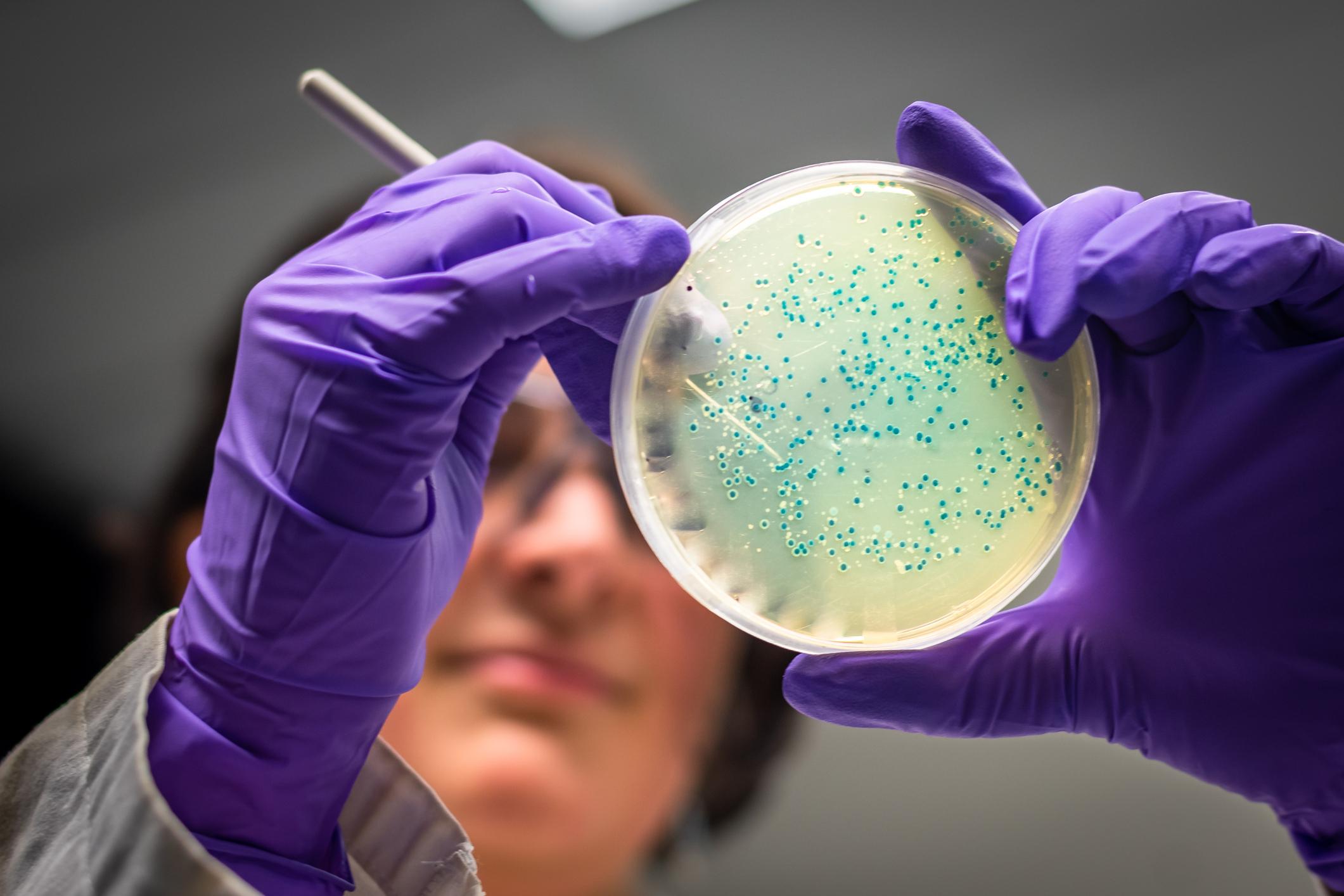Over 66,000 cases of gonorrhea have been diagnosed in Europe. This is a 25% increase over the previous year, and antibiotic resistance is on the rise.

Chtouille, piss, gonorrhea. There are many terms for this sexually transmitted infection. Known for a long time, gonorrhea is nonetheless ignored. A report from European Center for Disease Control and Prevention As proof: the number of annual cases is always higher. Resistance to antibiotics continues to increase, raising the concern of specialists.
66,000 cases diagnosed
In France, 1,330 cases of gonorrhea were diagnosed in 2014. The country is far from being the most affected by these STIs, which are characterized – when there are symptoms – by purulent discharge from the genitals, burning sensations when urinating or pain during sexual intercourse for women. The UK, Ireland, Denmark and Latvia are by far the most affected.

In total, 66,143 cases of gonorrhea were identified in the 27 member countries of the European Union. This corresponds to an increase of 25% compared to the previous year. Looking at the numbers over a longer period of time, the trend seems even more worrying. Since 2008, the proportion of annual cases has more than doubled, from 8 per 100,000 inhabitants to 20 per 100,000.
If these data are worrying, it is because resistance to antibiotics is developing. The standard treatments are cefixime and ceftriaxone. But the bacteria that cause gonorrhea, Neisseria gonorrhoeae, protects itself better and better from the second drug.
Target prevention
Some populations are more exposed than others to gonorrhea. Young adults are by far the most affected: 38% of cases concern the 15-24 age group, 34% 25-34 year olds.
For the first time, female patients outnumbered heterosexual men among those diagnosed. A result which is all the more striking as 70 to 90% of them are asymptomatic. Complications are serious, however, since gonorrhea can cause inflammation of the pelvic floor. If left untreated, it can also result in infertility.
“The increase in risky behavior may partly explain the increasing notifications of gonorrhea, given the recent rise in other STIs, particularly in men who have sex with men (such as syphilis and HIV) », They explain. But screening techniques have also changed, making it possible to better identify cases. The figures nevertheless confirm the need to develop targeted prevention campaigns.

.















